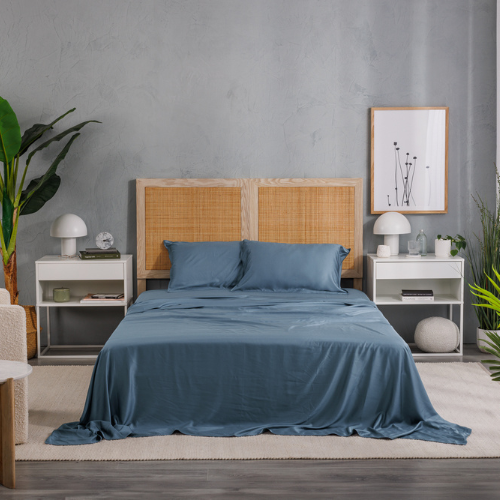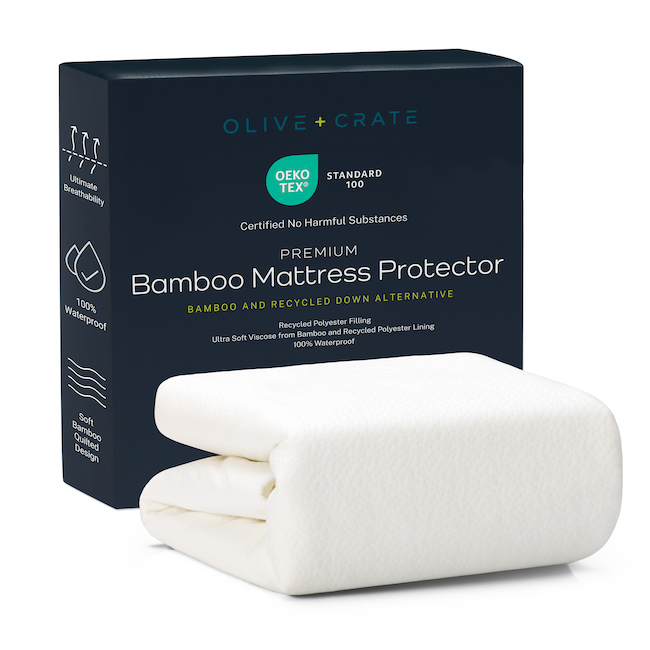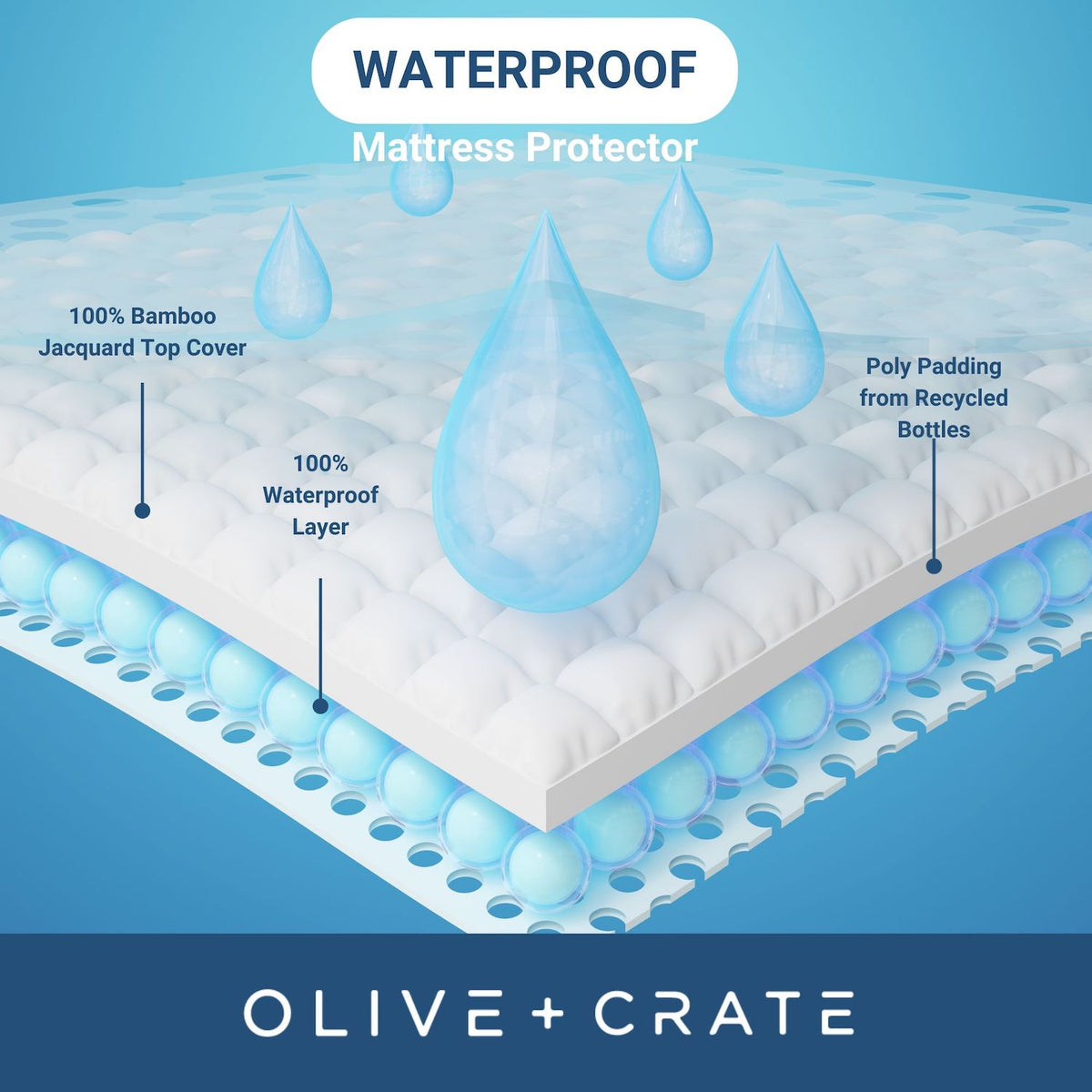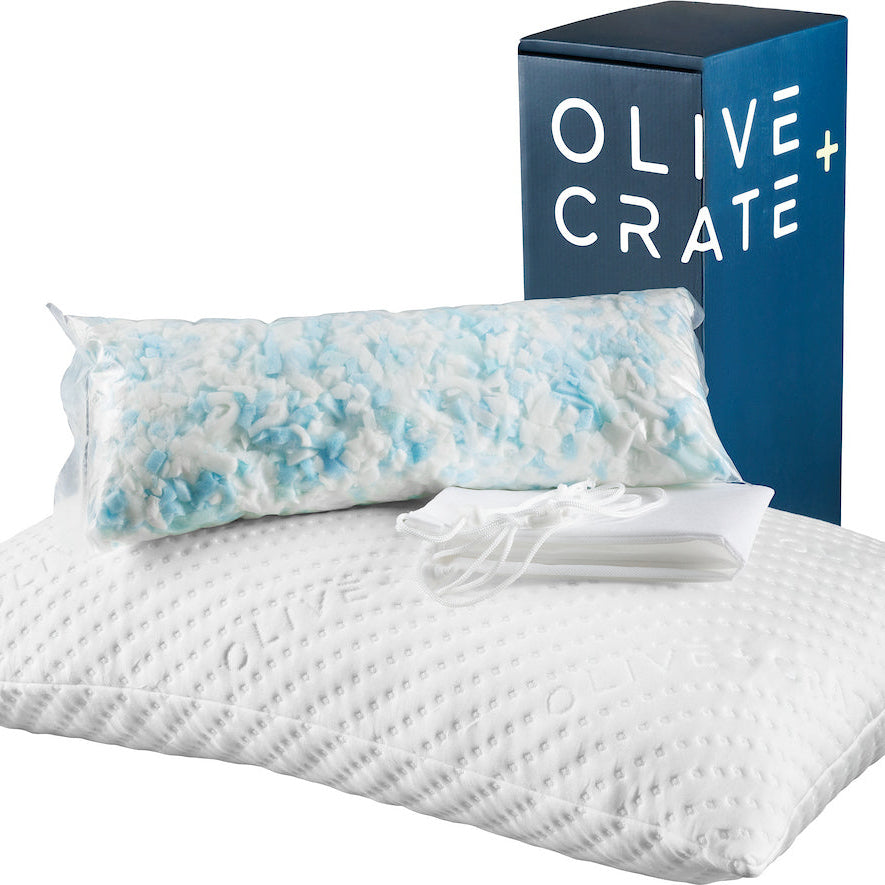If you’re an eco-conscious shopper, chances are you’ve wrestled with the choice between tencel vs cotton - and maybe linen too.
All three have their place in the world of natural fabrics, but for those who care about sustainability, eco-friendliness, and comfort, Tencel has some clear advantages.
In this guide, we’ll explore what Tencel material is, how it compares to cotton and linen, and why it’s the smart choice for eco warriors who want the best for the planet and their homes.
What is Tencel?
Tencel is the brand name for a type of lyocell which is a plant-based, biodegradable fabric made from sustainably sourced eucalyptus wood pulp.
The production process uses a closed-loop system that recycles over 99% of water and non-toxic solvents, making it low-impact, resource-efficient, and far less polluting than conventional fabrics.
Is Tencel Fabric Toxic?
The answer is no.
It’s produced without harmful chemicals, meets strict certification standards such as OEKO-TEX®, and is even safe for sensitive skin. While it’s not classified as organic in the same way organic cotton is, it’s still considered eco-friendly thanks to its renewable raw materials and clean manufacturing process.
If you’d like to learn more about its origins, take a look at our article on what makes the natural eucalyptus fiber so special.

Tencel vs Cotton vs Linen: The Eco Showdown
Water & Resource Use
Cotton, especially conventional cotton, is notoriously water-hungry, and even organic cotton uses significantly more water than Tencel. Linen from flax is better in water use, but still requires retting, a process that uses large amounts of water.
Tencel’s closed-loop manufacturing captures and reuses 99.5% of water and solvents, making it one of the most water-saving fabrics available.
Land Requirements
Cotton and flax need large, flat, well-irrigated fields. Eucalyptus trees for Tencel grow quickly in dense stands on degraded or low-grade land, meaning less agricultural displacement and a more renewable source.
Energy & Emissions
Linen farming can be low-energy, but processing is more resource-intensive. Cotton has high greenhouse gas emissions from both farming and processing. Tencel’s production is energy-efficient and minimal-chemicals are used, drastically reducing environmental impact.
Quick Comparison: Tencel vs Cotton vs Line

Performance & Comfort
When it comes to everyday use, Tencel outshines cotton and linen in several areas:
-
Softness & Feel – Silky smooth to the touch, with a luxurious drape.
-
Breathability & Cooling – Naturally temperature-regulating, perfect for all seasons.
-
Moisture-Wicking – Hydrophilic fibers absorb and release moisture quickly, keeping you cool and dry.
-
Hypoallergenic – Ideal for sensitive skin, thanks to its smooth surface and chemical-safe production.
-
Durability & Strength – Tencel strength is exceptional—it resists shrinkage, wrinkle resistance is high, and it maintains structure even when wet.
-
Easy Maintenance – Fewer washes needed due to odor resistance, saving both energy and water over time.
For those comparing Tencel vs percale (a crisp cotton weave), percale can’t match Tencel’s eco-conscious production or moisture-wicking properties.
You can see these qualities in action in our PerfectSleep bed sheet set, which is made from pure Tencel lyocell.
Is Tencel Better Than Cotton and Linen?
In most sustainability metrics (eco-friendly production, low-impact resource use, long lifespan) ...YES!
-
Cotton: breathable and widely available, but high water and pesticide use.
-
Linen: plant-based and strong, but processing can be resource-intensive.
-
Tencel: combines the best—renewable, compostable, biodegradable, and luxuriously comfortable.
Ethical Production Matters
Choosing fabrics isn’t just about comfort but also about ethical production.
Tencel is produced under strict environmental and labor guidelines, with transparency in sourcing and manufacturing.
This aligns perfectly with the values of eco-conscious buyers who want both comfort and conscience in their purchases.
Final Verdict: Why Tencel Wins for Eco-Conscious Shoppers
For buyers looking to balance comfort, style, and environmental impact, Tencel offers a future-friendly option. It’s:
-
Softer than cotton, smoother than linen
-
Stronger and longer-lasting, reducing textile waste
-
Made in a closed-loop, low-impact, energy-efficient process
-
Naturally hypoallergenic, breathable, and moisture-wicking
-
Fully plant-based, renewable, and biodegradable
Choosing Tencel over cotton and linen is a commitment to sustainability, eco-friendly living, and long-lasting quality.
Learn More About Our Sustainability Journey
Choosing Tencel is just one way we’re making a difference. At Olive + Crate, sustainability guides everything we do, from responsible sourcing to ethical production and eco-conscious packaging.
Discover our full commitment to a greener future ›













